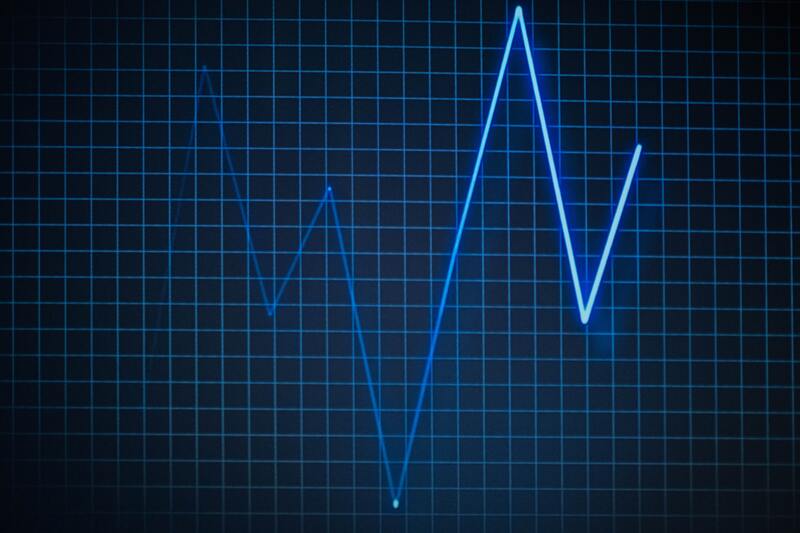
Cardiac catheterization is when a thin, flexible tube is guided through a blood vessel to your heart. This procedure is commonly referred to as cardiac cath or heart cath.
The purpose of this is to either diagnose or treat certain types of heart conditions. Important information can be collected using this procedure about your heart's valves, blood vessels, and muscles. It allows your cardiologist to see how well your heart is working.
Cardiac catheterization can provide your cardiologist a lot of information on how your heart works. It can allow them to identify problems with your heart and even take action to open up a blocked artery.
Cardiac catheterization can be used to diagnose and treat a variety of conditions, including:
During cardiac catheterization, there are a lot of things your doctor can do, depending on your particular health needs:
There are other procedures that your cardiologist may perform at the same time as your cardiac catheterization, depending on your healthcare needs. These include:
There may be some small risks associated with cardiac catheterization. Minor complications include bruising where the catheter punctures the skin.
Some people also get itchy or feel sick in their stomach from the contrast dye injected into the arteries to help the doctor see your heart.
More serious but rarer risks include bleeding, heart attack, infection, kidney damage, stroke, and artery damage.
The preparation for a cardiac catheterization is pretty straightforward.
Before your procedure, be sure to talk to your doctor about any medications you take. You may need to stop taking certain medications for a short time for the procedure. This can include blood thinners or diabetes medications.
You also shouldn’t eat or drink anything for six hours before your test. You will be able to eat and drink soon after the procedure.
If you have diabetes, there may be special instructions for you to follow regarding your diabetes medication and insulin.
Just before the procedure starts, you will have your blood pressure and pulse checked. You will be asked to go to the bathroom as well. You will have to remove all jewelry.
A nurse or technician will shave any hair from where the catheter will be inserted, and sticky patches will be placed on your chest to monitor your heartbeat throughout the process.
The procedure is completed in a sterile environment. An IV is inserted into your forearm or hand to give you a relaxing sedative. The amount of sedation depends on your health and why you need the procedure.
A numbing agent is used for the area where the catheter will be inserted and then a small cut is made to access your blood vessels. Next, a plastic sheathing is inserted, followed by the catheter.
If awake, you may be asked to hold your breath, cough, or move your body in specific directions.
The procedure usually takes about 30 minutes, but it can take longer if any additional procedures are needed in conjunction with it.
Depending on your level of sedation, you will spend time in a recovery room. You will stay in a hospital room or outpatient room. How long depends on where the catheter was inserted, your overall health, and if any additional procedures were conducted along with the cardiac catheterization.
Cardiac catheterization is an important procedure that can be used to help evaluate your heart health. Dr. Lilian Ahiable uses the readings of the catheter to let you know what the results mean for your overall heart health.
Book a cardiac consultation today with Dr. Ahiable and the team at Sydnor Cardiovascular Clinic. To schedule an appointment, call 727-300-2282 or request an appointment online.